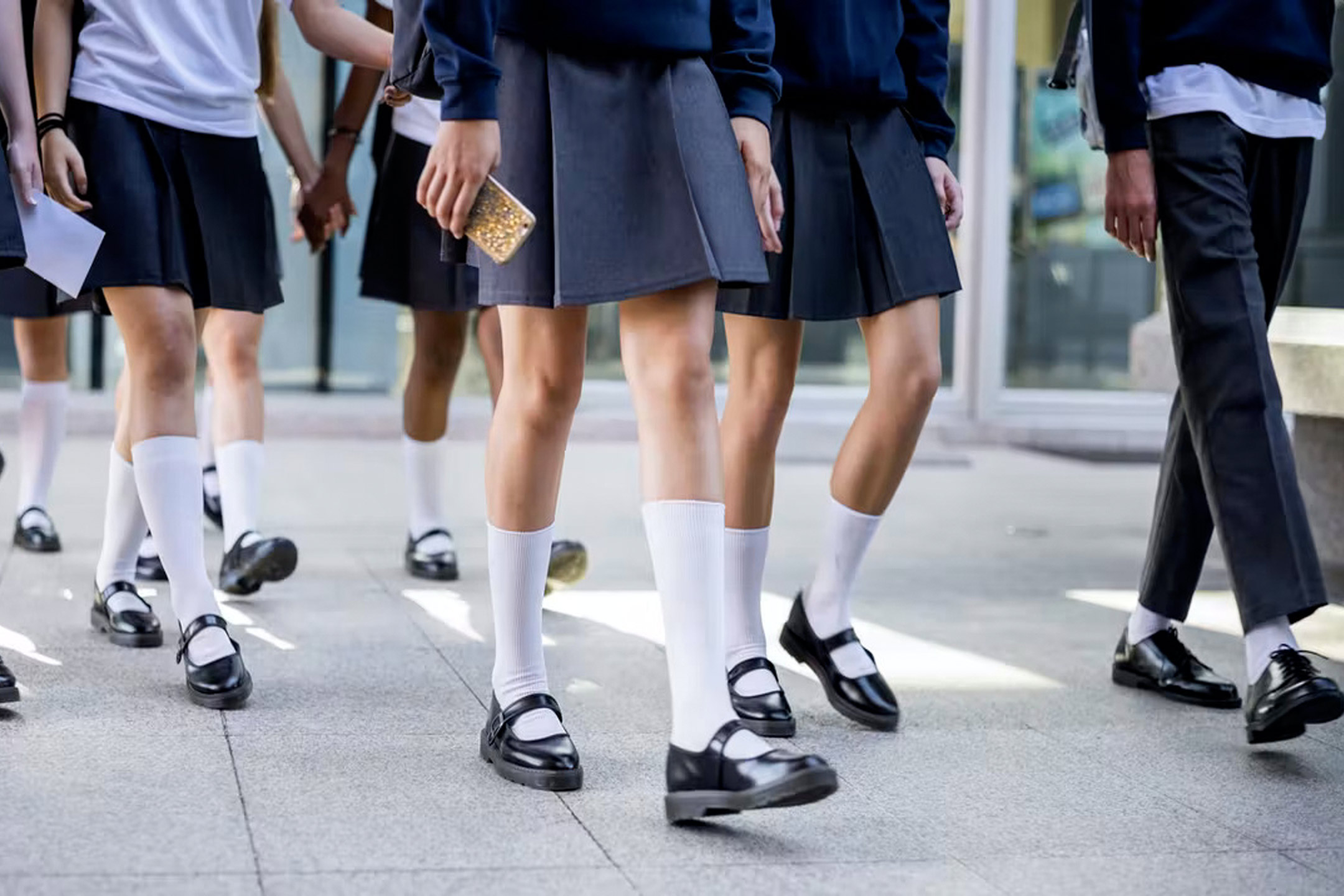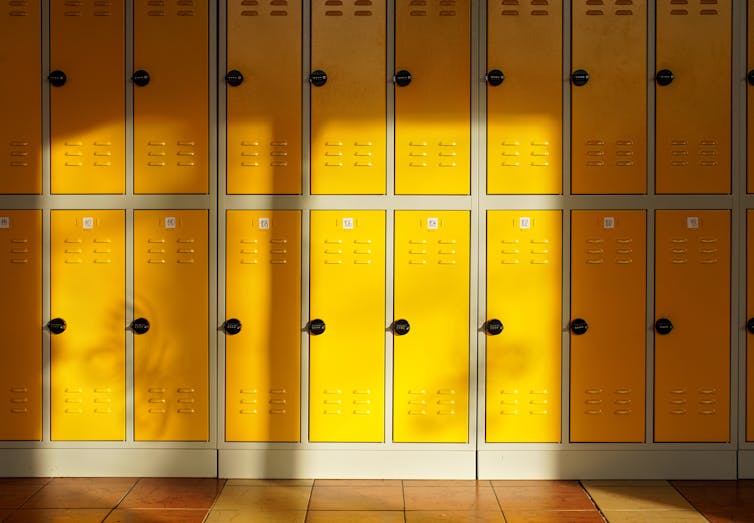
05 Jan Has your child done well in NAPLAN this year?
If not, writes Jessica Holloway, what should a parent do?
NAPLAN 2024 results for individual schools were released recently.
This follows national and individual student results earlier in 2024.
This is an opportunity for schools to identify areas for growth or improvement. But while these results can provide valuable insights, it’s important to keep them in perspective.
This is especially the case if you have searched the My School website and seen your child’s school has not performed particularly well overall or in comparison to similar schools.

NAPLAN is not everything
NAPLAN tests students in years 3, 5, 7 and 9 in literacy and numeracy. While these skills are obviously important, NAPLAN results are just one of many indicators of a school’s performance.
Keep in mind students benefit and grow from many areas of schooling, many of which cannot be captured by a test.
Achievements in non-tested areas such as arts, sports and community engagement all contribute to a well-rounded education.

Monkey Business Images/ Shutterstock
Avoid comparisons
It is natural to want to compare your school’s results with the one down the road or a friend or relative’s school. However, each school faces its own unique challenges and opportunities.
So try to avoid comparisons. Instead, focus on the school’s progress and improvements over time: have they improved their scores from last year? This might indicate they are using effective teaching strategies.
Also ask if what your student receives from their school is meeting their needs – are they happy to go to school? Are they engaged with learning? Are they exposed to a range of different subjects and activities? Do they have a supportive group of friends?
What else is the school doing?
NAPLAN was designed to assess Australian schooling as a whole. But standardised testing that tests all students on the same content, at the same time, only provides a small picture of how a school is performing.
Other factors to consider are:
- ongoing efforts to improve teaching quality and efforts that support the unique needs of their students
- whether adequate resources are available for the types of supports and programs important to your student
- what kinds of support are provided to students so they keep learning and growing at school.
All of these will differ based on the needs and interests of your student. It might be additional tutoring programs or a robust arts program. It might be a school culture that encourages individuality and creativity.

Malikova Nina/ Shutterstock
What does your school say?
Teachers, who work closely with students every day, can provide helpful context and insights about what the results mean for the school’s goals and priorities.
If you are concerned about what the results mean for your child, start by asking their teacher for advice. You can also ask to speak with the principal for additional guidance.
Check in with your child
This is also an important time to ask your child about their experience with NAPLAN and how they feel about their school’s results. Find out if they are aware of the results or if their friends are talking about it.
Understanding whether they feel happy, confident or worried can help you best support them.
This feedback is also useful for understanding if their needs are being met. Schools should be supportive environments that foster resilience and a positive attitude toward learning .
Look at the big picture
These results are a chance for parents to reflect on the broader aspects of their child’s education, including both academic and extracurricular activities.
Rather than comparing test scores with other schools, consider the diverse opportunities the school offers.
Keep in mind one school that performs better on NAPLAN might not have the same opportunities as another school. Or they might not provide the suitable environment to help your student thrive.
Each family must make decisions about what is best for their student. NAPLAN results should only be one factor in that consideration.![]()
Jessica Holloway, Senior Research DECRA Fellow, Institute for Learning Sciences and Teacher Education, Australian Catholic University
This article is republished from The Conversation under a Creative Commons license. Read the original article.




